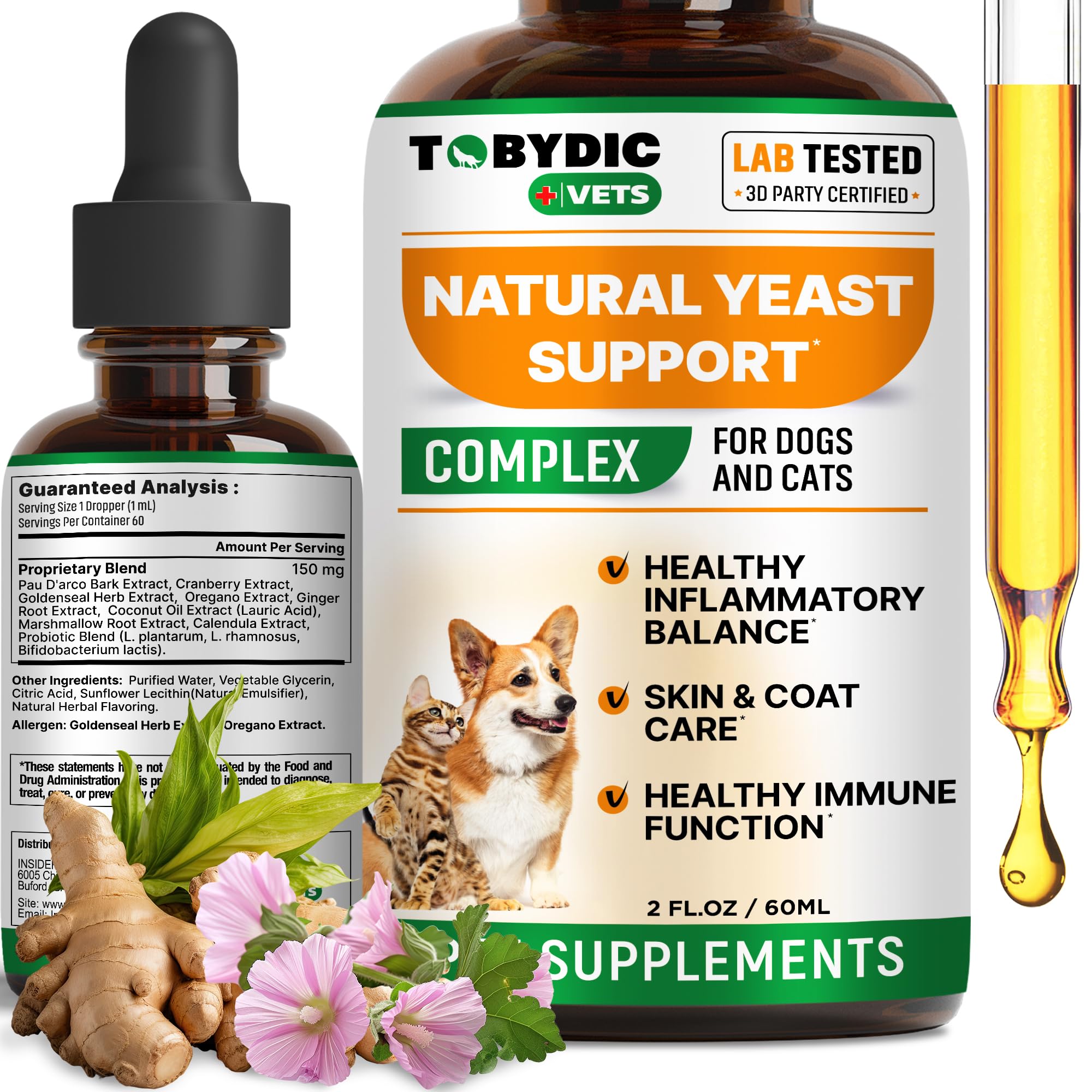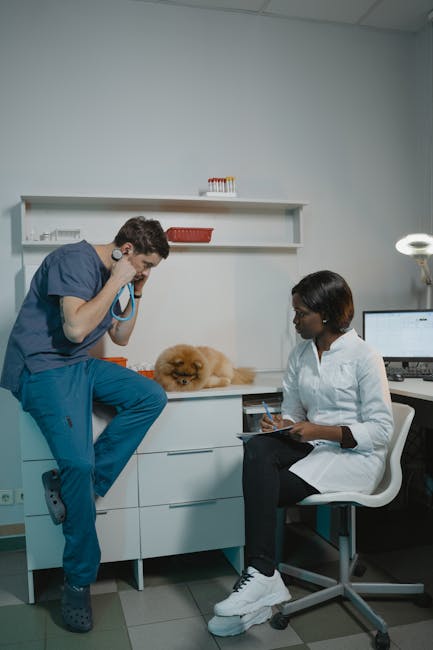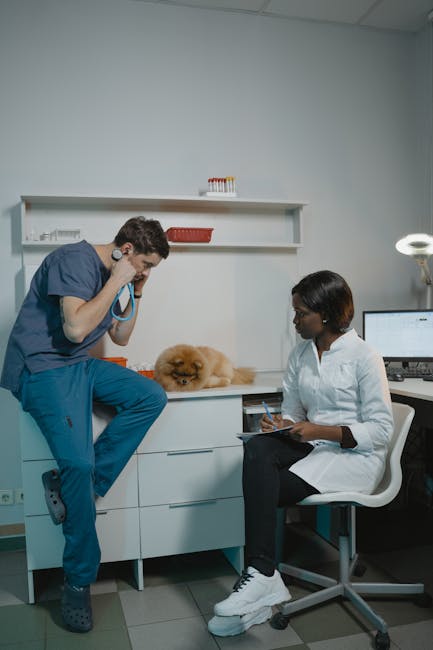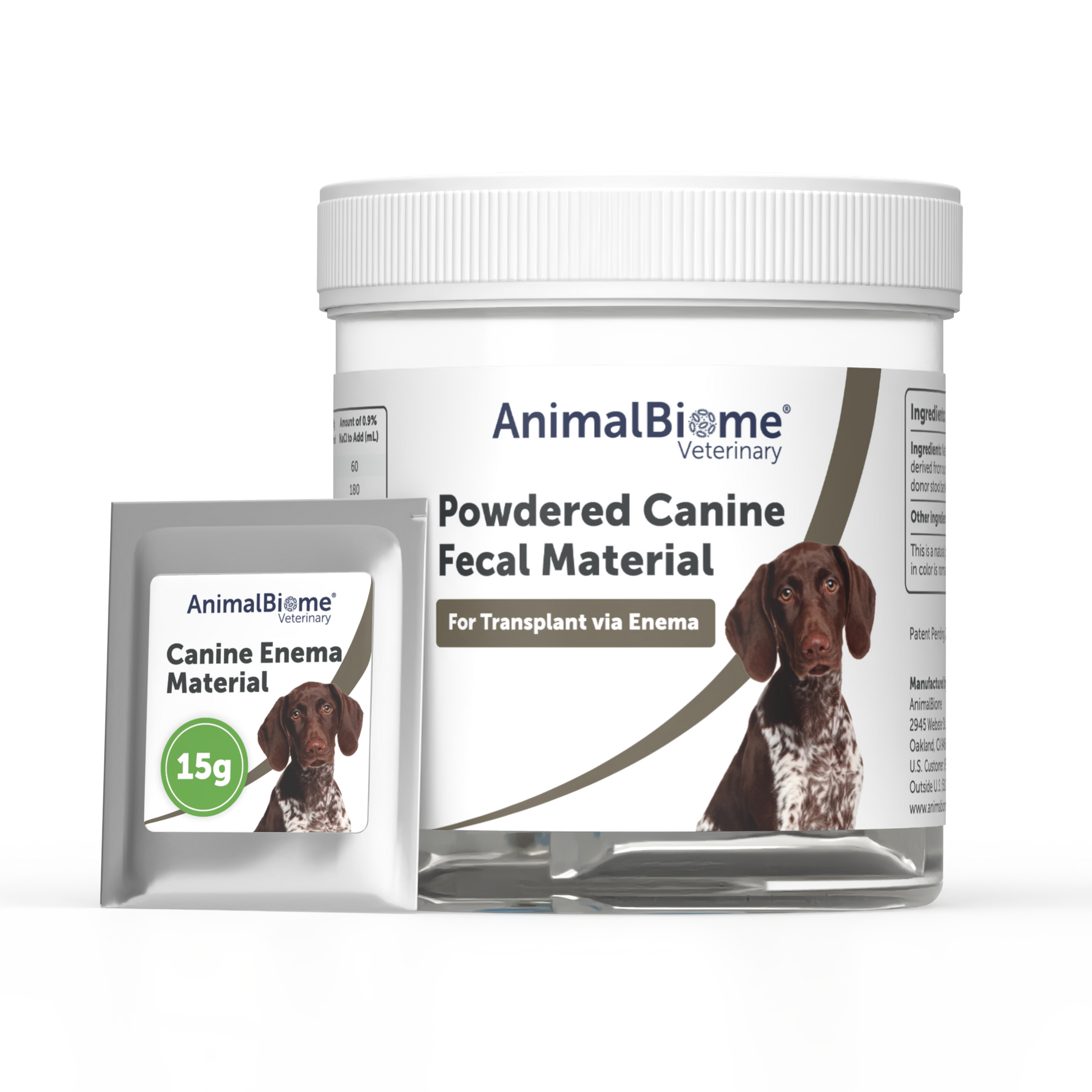You want the best care for your dog, right? That includes keeping their teeth clean and healthy.
But have you ever wondered if your furry friend needs a special toothbrush? Using the wrong one could make brushing tricky or even uncomfortable for your dog. You’ll discover why a regular toothbrush might not cut it, and how the right tool can make a big difference in your dog’s dental health.
Keep reading to find out what kind of toothbrush your dog truly needs—and why it matters for their smile and overall well-being.
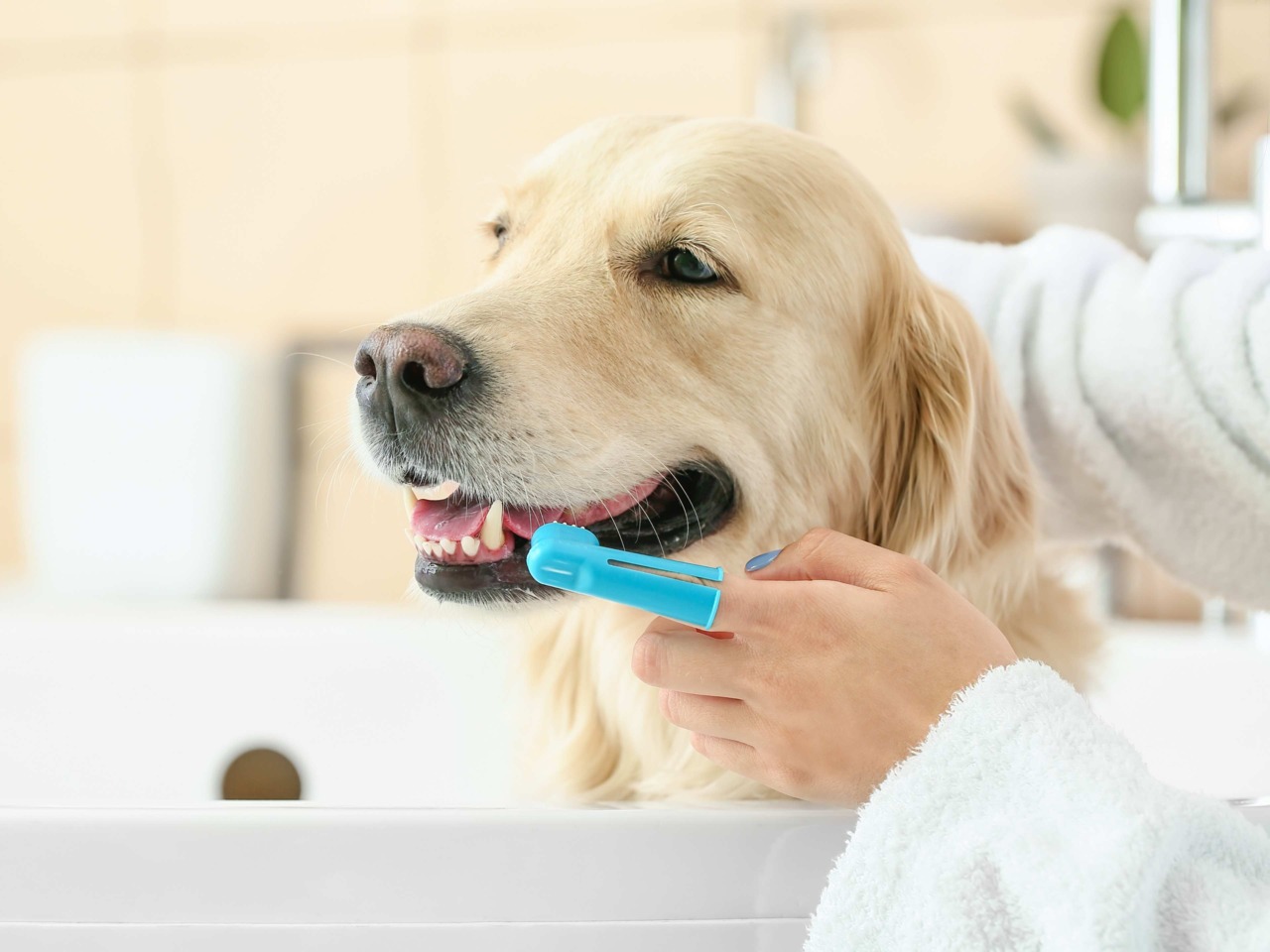
Credit: petdirect.co.nz
Why Dog Dental Care Matters
Dogs need good dental care to stay healthy. Their teeth can get dirty and cause pain.
Taking care of dog teeth helps prevent problems and keeps their breath fresh.
Common Dental Issues In Dogs
Dogs often face dental problems like plaque and gum disease. These can hurt their mouth.
Broken teeth and bad breath are signs of dental trouble. Early care can stop these issues.
- Plaque buildup
- Gingivitis (gum inflammation)
- Tooth decay and breakage
- Bad breath (halitosis)
- Periodontal disease
Impact Of Poor Oral Hygiene
Ignoring dog dental health can cause pain and infections. It may lead to tooth loss.
Poor hygiene can affect other parts of the body. Heart and kidney problems may develop.
- Pain and difficulty eating
- Severe infections in the mouth
- Spread of bacteria to organs
- Lower quality of life
Types Of Dog Toothbrushes
Dogs need regular teeth cleaning to keep their mouths healthy. Choosing the right toothbrush makes this easier. There are several types of dog toothbrushes to consider.
Each type fits different dog sizes and cleaning needs. Picking the right one helps remove plaque and prevent bad breath.
Standard Dog Toothbrushes
Standard dog toothbrushes look like regular toothbrushes but have softer bristles. They come in various sizes for small to large dogs. The brush head is often angled to reach all teeth.
These brushes work well for dogs who tolerate brushing. You use toothpaste made for dogs to clean their teeth gently.
- Soft bristles to protect gums
- Angled heads for better reach
- Different sizes for dog breeds
Finger Brushes
Finger brushes fit over your finger for better control. They have soft bristles on a small rubber tip. These brushes are good for shy or small dogs.
Finger brushes help you feel the teeth while brushing. This makes it easier to clean hard-to-reach spots without hurting your dog.
- Fits on your finger for easy use
- Soft rubber bristles for comfort
- Ideal for small or nervous dogs
Electric Options
Electric toothbrushes for dogs vibrate or rotate to clean teeth better. They can remove plaque faster than manual brushes. Some models have small heads to reach all areas.
Electric brushes need a gentle touch to avoid hurting gums. They work well for dogs used to brushing and can make the process quicker.
- Vibrating or rotating brush heads
- Small brush size for dog mouths
- Speeds up plaque removal
- Requires careful use to protect gums
Choosing The Right Toothbrush
Dogs need their teeth cleaned to stay healthy. Using the right toothbrush helps keep their teeth clean and strong.
Not all toothbrushes fit all dogs. You must pick one that matches your dog’s size and comfort.
Size And Shape Considerations
Choose a toothbrush that fits your dog’s mouth well. A small toothbrush works best for small dogs.
Large dogs need bigger brushes to reach all teeth easily. The shape should allow easy access to all areas.
- Small dogs: small brush heads, slim handles
- Medium dogs: medium brush heads, easy grip
- Large dogs: large brush heads, sturdy handles
- Brush shape: angled or straight to fit your dog’s mouth
Material And Bristle Types
Pick a toothbrush made of safe materials. Soft bristles clean well without hurting gums.
Some brushes have rubber tips. These are gentle and good for dogs new to brushing.
- Soft nylon bristles: clean teeth gently
- Rubber brushes: massage gums softly
- Handles: non-slip for better control
- Look for BPA-free materials
Toothpaste Safety For Dogs
Using toothpaste for dogs is different from using human toothpaste. Dogs need toothpaste made just for them. This keeps their teeth clean and their mouths safe.
Some ingredients in human toothpaste can harm dogs. It is important to know what to avoid to keep your dog healthy.
Ingredients To Avoid
Some toothpaste ingredients can be dangerous for dogs. Avoid toothpaste with fluoride, xylitol, and strong detergents. These can cause stomach problems and other health issues.
- Fluoride – toxic if swallowed by dogs
- Xylitol – a sweetener that is very poisonous to dogs
- Sodium lauryl sulfate – can irritate your dog’s mouth
- Artificial sweeteners – may upset your dog’s stomach
Flavors Dogs Prefer
Dogs like toothpaste flavors that taste good but are safe. Popular flavors include poultry, peanut butter, and beef. These flavors make brushing easier and more fun for dogs.
- Chicken or poultry
- Peanut butter
- Beef
- Vanilla
- Mint (mild, dog-safe)
Brushing Techniques For Dogs
Brushing your dog’s teeth is important for their health. It helps stop bad breath and tooth problems.
Using the right brushing techniques makes the process easier and safer for your dog.
Getting Your Dog Comfortable
Start by letting your dog get used to the toothbrush and toothpaste. Let them smell and lick the paste first.
Brush their teeth slowly and gently at first. Give praise and treats to create a positive feeling.
- Choose a quiet place without distractions
- Use a soft-bristled toothbrush made for dogs
- Start with short brushing sessions
- Give your dog time to relax between sessions
- Always reward your dog after brushing
Step-by-step Brushing Guide
Hold your dog’s muzzle gently but firmly. Lift their lips to see their teeth clearly.
Brush in small circles on the outside of the teeth. Focus on the back teeth where plaque builds up.
- Apply dog-safe toothpaste to the brush
- Brush the front and back teeth in small circles
- Spend about 30 seconds on each side
- Avoid brushing too hard to protect gums
- End brushing with praise and a treat

Credit: weliveinaflat.com
Alternatives To Toothbrushing
Not all dogs enjoy having their teeth brushed. Some owners look for other ways to keep their dog’s teeth clean. There are several options that can help reduce plaque and freshen breath.
These alternatives can support your dog’s dental health along with regular brushing or when brushing is not possible.
Dental Chews And Toys
Dental chews help clean teeth by scraping off plaque as the dog chews. Many dogs enjoy chewing these treats or toys, which makes cleaning easier.
Special toys are designed to massage gums and clean teeth. They can reach areas that are hard to brush.
- Choose chews made for dental health
- Look for toys with ridges and textures
- Always supervise your dog while chewing
- Check size to avoid choking hazards
Professional Cleanings
Vet cleanings remove plaque and tartar that home care cannot. These cleanings keep your dog’s teeth and gums healthy.
Professional cleanings use special tools and require anesthesia. They are done by trained staff to ensure safety and comfort.
Signs Your Dog Needs Dental Attention
Dogs need good dental care to stay healthy. Spotting signs early helps prevent serious problems.
Knowing when your dog needs dental help can save them pain and costly treatments.
Behavioral Changes
Your dog may act differently if their teeth hurt. Watch for changes in how they behave.
They might eat less or avoid hard food. They could also be less playful than usual.
- Reluctance to chew or drop food
- Excessive drooling or pawing at the mouth
- Unusual aggression or irritability
- Less interest in playing or exercising
Physical Symptoms
Look closely at your dog’s mouth for visible signs of dental trouble. Some symptoms are easy to spot.
Bad breath is common, but it can mean serious dental issues. Swollen gums or loose teeth are red flags.
- Foul or strong bad breath
- Red, swollen, or bleeding gums
- Loose, broken, or missing teeth
- Yellow or brown tartar build-up
- Swelling around the mouth or face

Credit: www.amazon.com
Frequently Asked Questions
Do Dogs Need Special Toothbrushes For Cleaning?
Yes, dogs need special toothbrushes designed for their teeth. These brushes have softer bristles and unique shapes to clean effectively without hurting gums.
Can Human Toothbrushes Harm A Dog’s Teeth?
Human toothbrushes can harm dogs because their bristles are too hard. Using dog-specific brushes prevents gum damage and ensures proper cleaning.
How Often Should I Brush My Dog’s Teeth?
Brush your dog’s teeth at least two to three times a week. Regular brushing helps prevent plaque buildup and maintains healthy gums.
Are Finger Toothbrushes Effective For Dogs?
Finger toothbrushes are effective, especially for small dogs or beginners. They offer better control and help reach tricky spots in the dog’s mouth.
Conclusion
Dogs benefit from special toothbrushes. These tools ensure better oral health. Regular brushing prevents gum disease and bad breath. Special toothbrushes are designed for a dog’s mouth. They make the process easier for both you and your pet. Investing in one can save you from costly vet visits.
Simple routines lead to healthier, happier dogs. Always choose the right tools for your furry friend. A little effort goes a long way. Start today and see the difference. Your dog’s smile will thank you.

